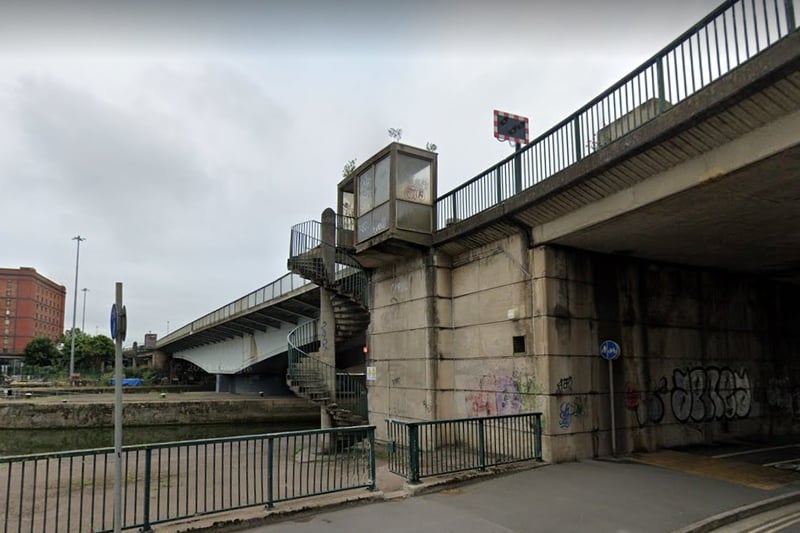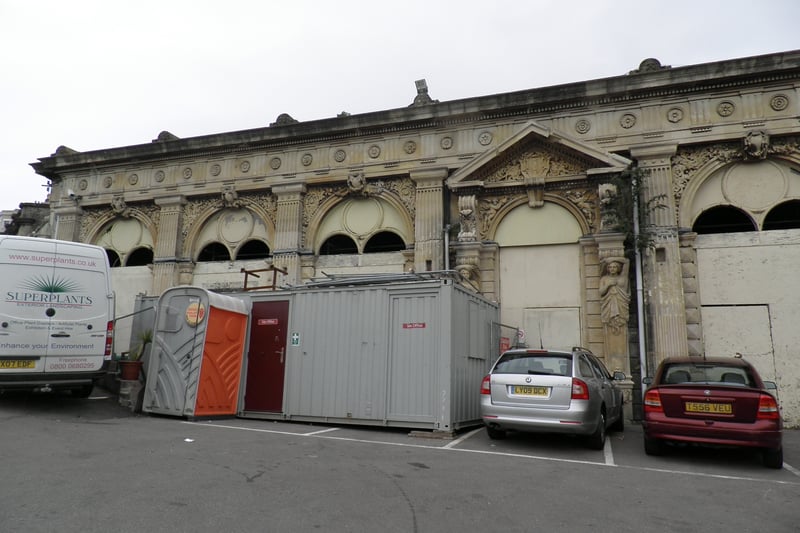There is no shortage of breathtaking architecture scattered across Bristol with many of the buildings having stood the test of time for decades.
Others haven’t been so lucky though, whether it be through vandalism, general wear and tear or even the result of bomb damage from the Second World War. The city has plenty of historic structures stood rotting away.
Some of these have plans to be renovated such as the Grosvenor Hotel which was gutted even further by a fire in October 2022. Some properties are still waiting to either be rescued or pulled down and put out of their misery. Here are 10 heritage sites currently at risk in Bristol.
Some of these have plans to be renovated such as the Grosvenor Hotel which was gutted even further by a fire in October 2022. Some properties are still waiting to either be rescued or pulled down and put out of their misery. Here are 10 heritage sites currently at risk in Bristol.

9. Swing Bridge over north entrance lock, Cumberland Basin
Wrought iron bridge with tubular supporting members built c1844 by IK Brunel Moved to current location in 1873. It has been redundant and decaying on the dock since the construction of Plimsoll Bridge in C20. Since 2014 a number of surveys on the condition of the fabric and some trial repairs have been carried out with the help of grant funding from Historic England. Investigations and repairs carried out so far have enabled to test the rotational mechanism which is still functioning. However the bridge is still in need of extensive repairs and a sustainable use.

10. Clifton Spa Pump Room, Clifton
The Pump Room opened in 1894 to dispense "health-giving" spa water, hence the inscription Aquam Bibe (Drink Water) high up on the wall. It was described as a hall of admirable proportions, 100 feet by 57 feet, ceiling height 27 feet, elegant and light with an uninterrupted view from the windows of Leigh Woods, the Suspension Bridge and Nightingale Valley. In the centre was a fountain of white marble with a raised fluted basin. All doors, window frames, panelling and floor were made of oak. In 1898 it was reported that the Pump Room, being part of the Spa and Hydro, had not only been redecorated but also a hydraiulic passenger elevator had been installed to give access to all the floors of the hoitel. The Pump Room was later used as a silent film theatre and subsequently as a very popular ballroom.


